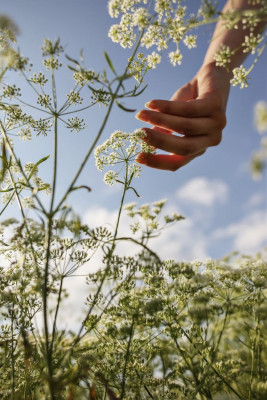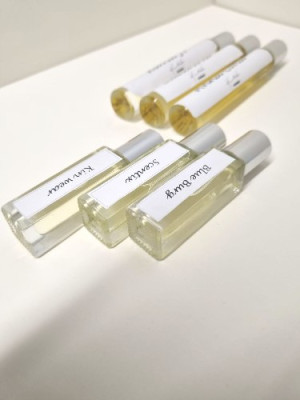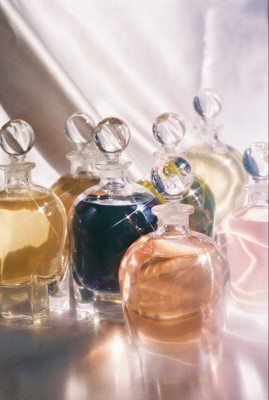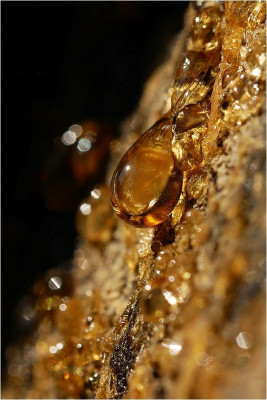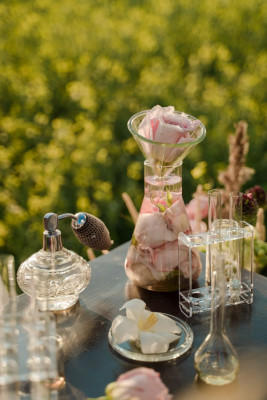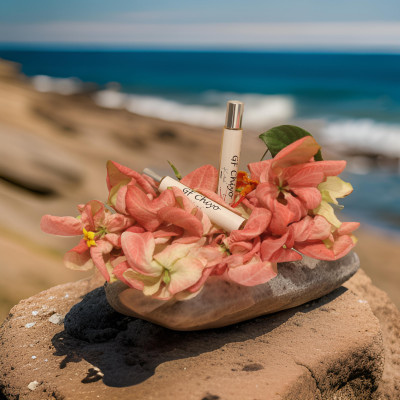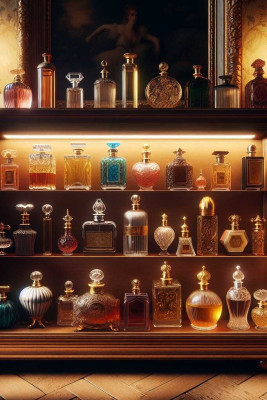We live in a world where the scent of freshly cut grass, ocean breeze, or blooming flowers can evoke powerful emotions. Yet, the very industry that captures these natural wonders in a bottle often comes at a significant environmental cost. The fragrance industry, a realm of luxury and indulgence, is grappling with a pressing question: can beauty and sustainability coexist?
The Unscented Truth
From the cultivation of raw materials to the manufacturing process and packaging, the perfume industry leaves a substantial carbon footprint.
- Ingredient Sourcing: Many fragrance ingredients, such as sandalwood, jasmine, and rose, are derived from plants. Over-harvesting and unsustainable cultivation practices threaten biodiversity and degrade ecosystems. Moreover, the use of synthetic ingredients, often derived from fossil fuels, contributes to pollution and climate change.
- Energy Consumption: The production of perfumes is energy-intensive, from the distillation process to the manufacturing of glass bottles and packaging materials. This leads to significant greenhouse gas emissions.
- Water Usage: The perfume industry is a water-intensive sector, particularly in the cultivation of raw materials. Additionally, the production process requires substantial water resources for cleaning and dilution.
- Packaging Waste: The allure of perfume often lies in its exquisite packaging, but this comes at a cost. Excessive use of plastic, glass, and paper contributes to landfill waste and pollution.
A Fragrant Future
While the challenges are immense, the fragrance industry is beginning to recognize its environmental responsibility. Some brands are taking steps towards a more sustainable future:
- Sustainable Sourcing: Prioritizing ethically sourced and organic ingredients, supporting fair trade practices, and exploring alternatives to endangered species.
- Eco-friendly Production: Adopting renewable energy sources, reducing water consumption, and implementing waste reduction strategies.
- Minimalist Packaging: Using recycled materials, reducing packaging waste, and offering refill options.
- Transparency: Disclosing the environmental impact of products and engaging with consumers on sustainability initiatives.
However, the road to a truly sustainable fragrance industry is still long. Consumers also have a crucial role to play. By making informed choices and supporting brands committed to sustainability, we can collectively drive positive change.
Questions to Ponder:
- How can consumers identify truly sustainable fragrance brands?
- What innovative packaging solutions can reduce the environmental impact of perfumes?
- Can technology play a role in developing synthetic alternatives to natural ingredients?
- How can the fragrance industry collaborate with environmental organizations to find solutions?
The journey towards a fragrant world that is also sustainable is just beginning. It requires a collective effort from industry leaders, consumers, and policymakers to create a future where beauty and the environment can coexist in harmony.



